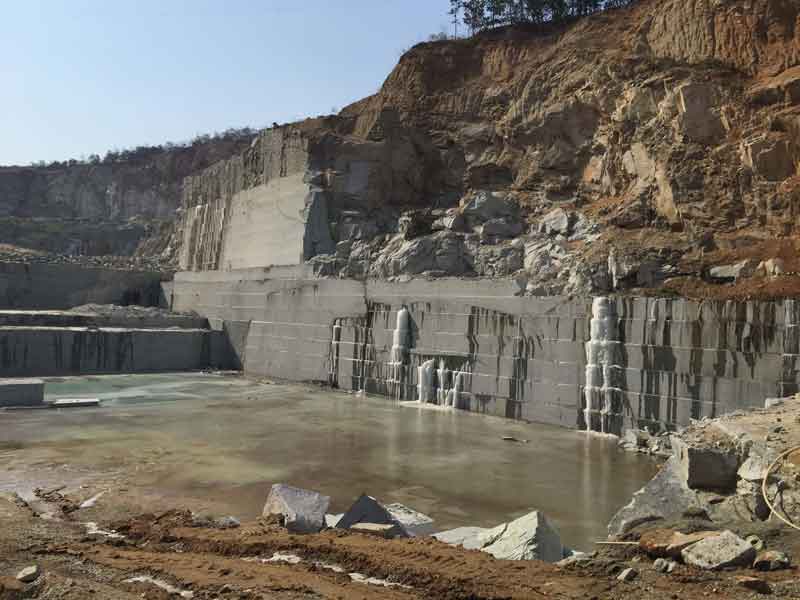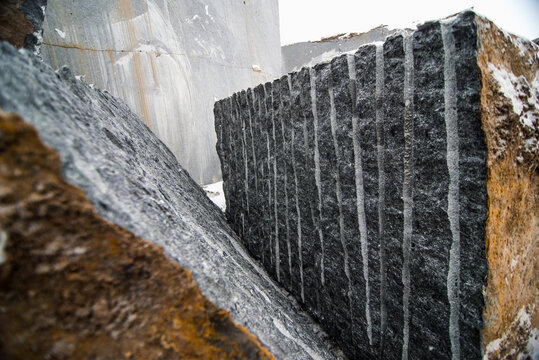Exploring Granite Quarries in South Africa Sector: From Quarry to Masterpiece
Exploring Granite Quarries in South Africa Sector: From Quarry to Masterpiece
Blog Article
Unveiling the Mysteries of Granite Quarrying: Where Stamina and Style Meet
The globe of granite quarrying is a realm where the raw stamina of nature merges with human virtuosity to create structures that stand the test of time with an air of style. From the depths of quarries to the thorough polishing in workshops, the process of transforming granite right into building wonders is a complex dance of tradition and advancement. As we peer into the depths of this old craft, we start to reveal the hidden complexities that form the really essence of our built setting.
The Origins of Granite Quarrying
In the annals of architectural history, the origins of granite quarrying are shrouded in a tapestry of ancient workmanship and geological marvels. Dating back to old Egypt and Mesopotamia, the extraction of granite from quarries marked the start of a journey that would ultimately result in the production of several of the world's most iconic structures.
Granite quarrying's roots can be traced to the proficient craftsmens that acknowledged the stone's toughness and visual charm. With a combination of primitive tools and large resolution, these very early quarry employees discovered granite blocks that would become the building blocks of civilizations.
As civilizations evolved, so did the strategies of quarrying granite. The Romans, renowned for their design expertise, established advanced methods for extracting granite to create monoliths, temples, and roads that stood the examination of time.
The heritage of these ancient quarrying practices continues to form contemporary architecture, with granite remaining an icon of stamina and beauty in construction tasks around the world. (granite quarries in south africa)
Tools of the Quarrying Trade
The advancement of granite quarrying methods from ancient human beings to contemporary times highlights the crucial role played by the devices of the quarrying trade in forming the market's practices. In old times, quarrying tools were rudimentary, commonly containing chisels, hammers, and wedges made from products like bronze or iron. These tools called for considerable manpower and time to remove granite blocks from quarries.

Additionally, the introduction of pneumatic tools and high-powered machinery has substantially lowered the physical labor required in quarrying operations, i loved this enhancing worker safety and productivity. As the quarrying industry remains to introduce, the devices of the profession stay at the leading edge of driving development and shaping the future of granite extraction.
Extracting Blocks of Granite
Using accuracy machinery and progressed methods, the removal of granite blocks from quarries has ended up being a sophisticated procedure in the contemporary quarrying sector. Managed blowing up methods are after that utilized to damage apart the granite into convenient sections.

Sprucing Up and Ending Up Methods
To achieve a perfect surface on granite blocks, experienced craftsmens employ a collection of meticulous polishing and ending up methods. After the preliminary removal and forming procedures, the granite obstructs undergo an extensive polishing phase to improve their all-natural appeal and toughness.
In addition to sprucing up, ending up techniques are look these up applied to additional refine the granite's look. By carefully choosing and using these brightening and ending up strategies, artisans can transform raw granite obstructs right into splendid pieces that showcase both strength and style.

Environmental Effect and Sustainability
With the expanding emphasis on ecological consciousness in the sector, granite quarrying practices are significantly inspected for their impact on all-natural sources and long-term sustainability. In addition, the transport of granite from quarries to processing centers generates carbon emissions, further contributing to environmental degradation.
To minimize these influences and ensure sustainability in granite quarrying, industry stakeholders are adopting numerous procedures. Executing advanced innovations to reduce energy intake and water use, recovering quarried land for environmental reconstruction, and promoting liable sourcing techniques are some strategies being employed. Furthermore, certifications such as the Woodland Stewardship Council (FSC) and the Management in Power and Environmental Layout (LEED) assistance customers recognize ecologically friendly granite products.
Verdict
In final thought, granite quarrying is a process that calls for specialized devices and methods to essence blocks of granite and brighten them to a high degree of surface. While the ecological impact of quarrying can be significant, initiatives are being made to improve sustainability methods in the sector. On the whole, granite quarrying is a fragile balance between why not try here utilizing the stamina and beauty of this all-natural rock while lessening its influence on the setting.
Report this page